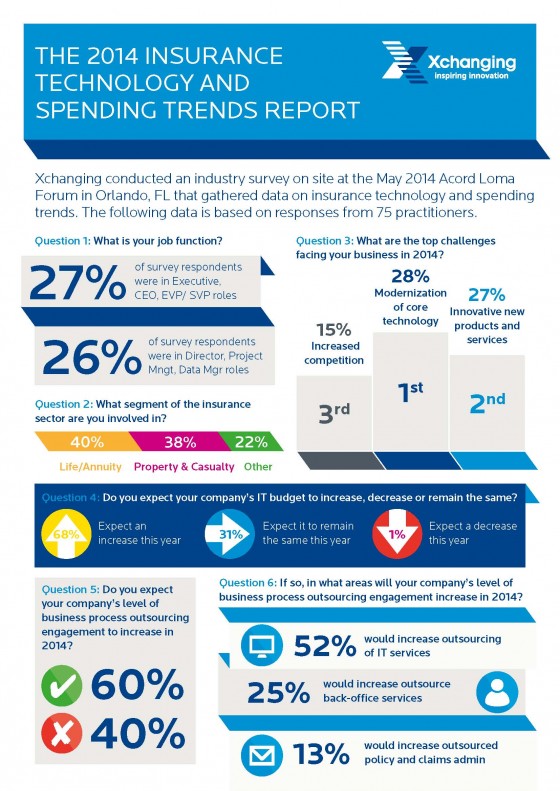 Millions are prepared annually.
Millions are prepared annually.
People ask for them, people prepare them. They are so much a part of the business environment that people take them for granted. But like anything that is taken for granted, carelessness and indiscretion often follow. And then comes liability and state regulation.
This is the state of affairs for certificates of insurance—those documents that purport to describe the particulars of a party’s existing insurance coverage.
In the last four years alone, 44 states have enacted legislation, adopted rules or issued clarifying bulletins through their departments of insurance addressing certificates of insurance. All but five states now have laws, regulations or guidance addressing them.
This is remarkable, because certificates of insurance have been used with regularity for about as long as insurance policies have been sold. In 1970, the insurance industry formed the nonprofit organization known as ACORD (the Association for Cooperative Operations Research and Development), which publishes certificate of insurance and other forms. These forms, developed over time to meet exigent commercial needs, have become the gold-standard, and one would need compelling reason not to use them for a commercial transaction.
But even the widespread use of ACORD forms has led to the growing phenomenon of state regulation. States tend to offer one of two reasons for their interest in regulatory concerns. As some explain: “there may be a misunderstanding regarding the proper use of certificates of insurance, and in some cases, of the intentional misuse of certificates.” Others claim that “some insurance producers, agencies and insurers are asked to provide certificates of insurance that purport to amend, extend or alter the terms of the underlying policy, or inaccurately suggest the existence of certain contractual rights.”
The upshot of this attention is the same—do not alter the forms and do not stray from the policy terms described. While not all states regulate certificates the same way, enough principles remain in common to be suitable guides for knowing what not to do with a certificate.
Read more about certificates of insurance here.


